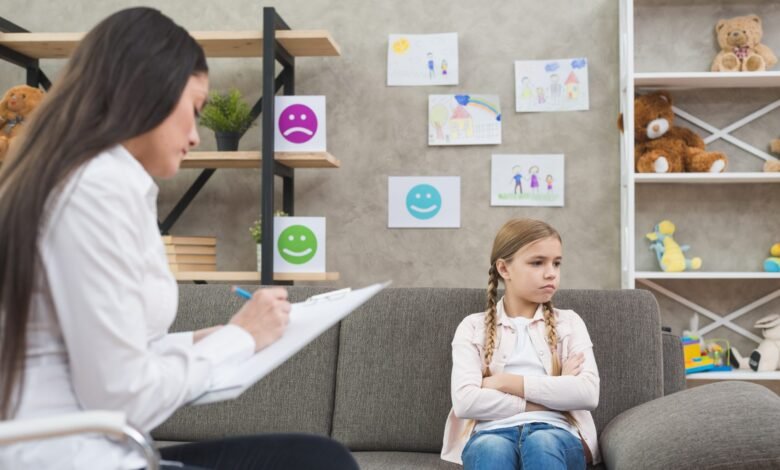
The choice of an approach to supporting the development needs of the child includes various treatment options. One of these methods includes sessions that take place in a clinical or central environment. This article determines the basic aspects before starting treatment in a dedicated facility.
Understanding the environment and approach
The treatment of the center ABA It occurs in an organized environment where children work with professionals who have been trained in behavioral methods. This environment provides design procedures to provide prediction and focus. Individual plans are created based on assessments to address the specific learning goals and behavior. The controlled setting usually includes access to tools and resources that support different skills building activities. Depending on their needs, children often participate in sessions alone or in small groups. This approach contradicts home programs by providing consistent and professional atmosphere.
Preparing for treatment sessions
Related development and medical information collection is useful before starting treatment in the center. Families often meet with the treatment team to discuss tables, goals and expectations. Knowing the frequency and duration of the sessions supports planning about other daily activities. Explain the coming changes on the child in simple phrases may be useful, which may help them feel comfortable. Transportation arrangements to the center are another practical. These steps can help create a routine that fits the family lifestyle.
What happens during treatment
The sessions are designed on specific goals that focus on developing skills and supporting behavior. Activities may include communication through speech or alternative methods. Social intelligence Social skills can be developed through interactive play or gathering tasks. Strategies are used to encourage positive behavior and address challenges using reinforcement techniques. Daily life skills, such as wearing clothes or eating, may be part of the program. Cognitive exercises that involve solving problems and interest tasks also can also be included.
Questions to consider
Families may consider the qualifications and experience of professionals who provide treatment. It is common to ask about how to develop treatment plans, monitor and modify them over time. Understanding the methods used to collect progress data can and how to connect the results to support informed decisions. Some families ask how the treatment is designed with the unique child definition file. Information about family participation opportunities or training sessions is often useful. The collection of clear information can support the alignment of expectations.
The role and cooperation of the family
Family participation often plays a role in supporting the goals of treatment outside the center. Cooperation with therapists to enhance skills at home can contribute to consistency. Some centers offer parent education sessions to help sponsorships understand the techniques used during treatment. Regular communication between families and professionals helps maintain a common understanding of progress. It encourages the creation of a supportive environment partnership that benefits the child. This reaction between the home and the center can help maintain fixed development.
Consideration of practical challenges
Modification periods may occur when children are familiar with the new environment and routine. Families can coordinate transportation and schedule to suit treatment sessions in their daily lives. The balance of treatment with other services or school appointments may require continuous communication. These practical elements are often part of the process and can be managed with planning. Follow dates and stay awareness that helps maintain consistency. Treating these logistical factors can support smooth participation.
The treatment of the center ABA It is one approach that provides an organized preparation to support development goals. The understanding of the environment, the structure of the session and the family participation can provide a useful context before starting. Knowing practical considerations and communicating publicly with the treatment team can help families feel ready. This knowledge supports an enlightened approach when considering the following steps in the child support plan.





